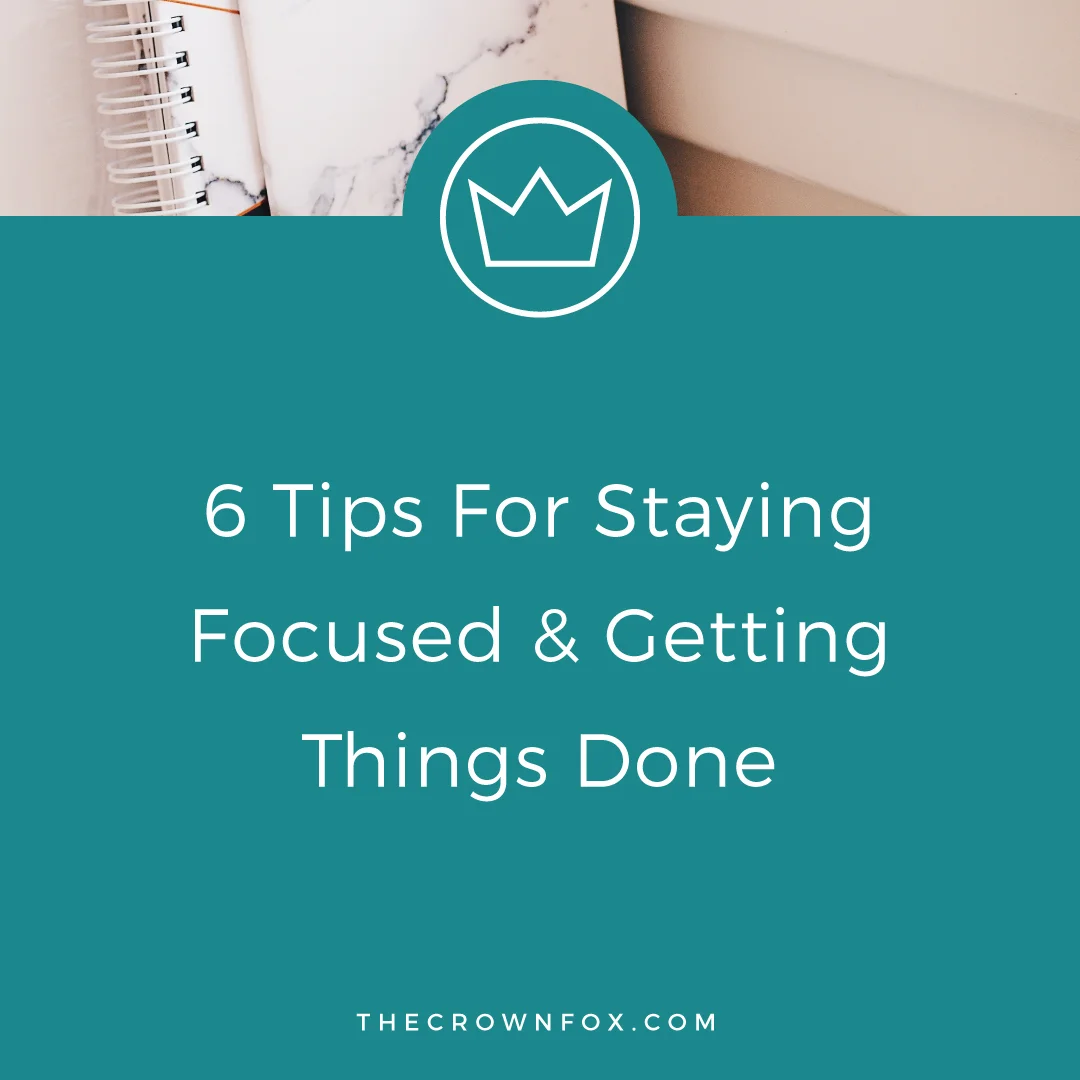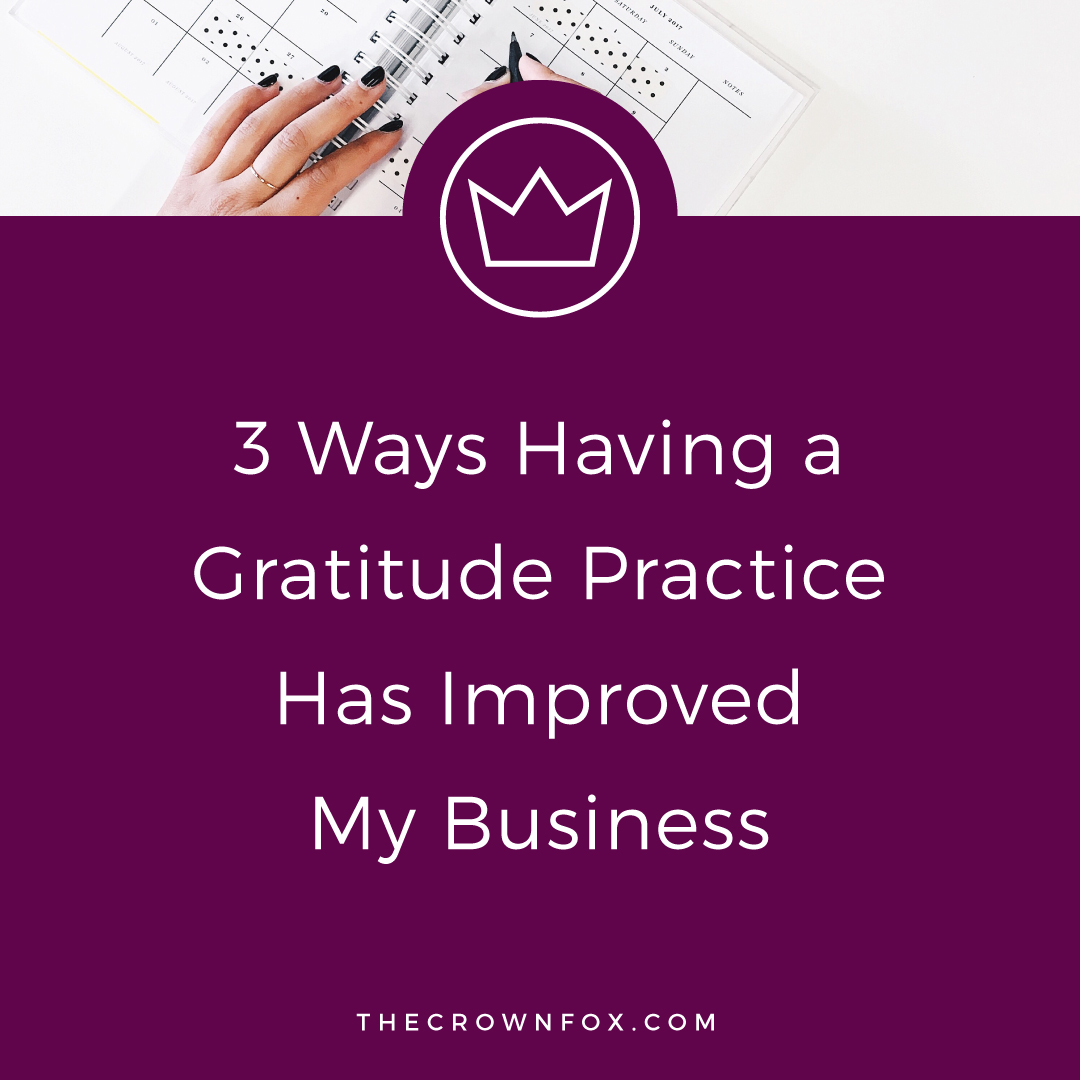I wanted to talk about 4 things your branding needs, and I am not even going to talk about a logo, y’all. Except for just then. There is so much more to branding than people realize, so I wanted to get into what you really need to be successful. If you are unsure of what branding is, go read this first. But then come back!
A WHY STATEMENT & A MEASURABLE GOAL
Let’s start here – why are you in business? Why are you willing to put in the hustle? Why did you think this was a good idea in the first place? The thing I’ve come to realized with why statements, that is if I just keep asking “why” eventually we get to the very root of the whole business. Conversations tend to go like this:
“Why are you starting this business?”
“I love photography!”
“Why?”
“Because it’s fun to capture people’s favorite moments.”
“Why?”
“Because everything in life moves so fast and we forget to celebrate milestones.”
“WHY?”
“Because I want my clients to remember the best moments of their lives and have a source for joy, so that no matter what life throws at them, they’ve got beautiful and amazing memories to access and cherish. I want them to feel joy when they view their lives! I want them to remember each smile and glance and funny face that their kids made. I can see and capture the things that they don’t even realize are important right now.”
See what I mean? On first glance people always tend to think really logically about why they are going into business. For money. Because they like doing whatever it is on a purely surface level reason. For freedom. To be their own boss. Whatever. But what I’ve come to find in working with clients, is that usually there is a more meaningful response buried beneath there. There’s some small line that represents a mix of what they love to do, and why they love to do it, and what benefit their clients would get. That’s the why statement I want to know.
I hear you; you’re like “Okay… but what does that have to do with branding?” Well, let me tell you! Your branding is an overall attempt to build your brand and affect what people think about you. If I don’t know why you are in business in the first place, how can we ensure that other people understand that? And we want people to understand it! That is what will make them choose you over the next business to work with. This is what will make you stand out and connect with people.
Along with your why statement, we also need to have a concrete goal. I have a whole post about goals because that’s how vital they are to your branding success. Let’s just be real here: what’s the point? If you aren’t trying to accomplish something with your business, then why did you even start it in the first place? This correlates heavily with your why statement, but instead of just figuring out your purpose – I want you to also have a goal that you are trying to accomplish.
Having this goal is the only way to hold yourself accountable, build consistency, and grow your brand. Your branding will fall apart if it’s all meaningless and purposeless and based solely on ‘looking good.’ So figure out why you are doing this, and make a goal to get it done.
A DEFINED TARGET
There is no shortage of blog posts on The Crown Fox that tells you – define your target. NOW! GO! DO IT. And even when you think it’s defined enough – niche down more!
Your branding will be easier to create, more effective, and more successful if you know who the heck you want it to reach. “Everyone” is the wrong answer. “Women” is the wrong answer. I want specifics people. I’m not even perfect at this, but I know the value of it and am implementing ways to make myself have a more defined target client everyday. You should be too! When I reach out to photographers specifically, you know what kind of clients I get? Photographers. Guess what? I want photographer clients! I am going to figure out ways to reach them more specifically, and then I’ll get more clients that I actually WANT to work with. You can do this, too! You need to do this, too.
Once you have an idealized client – your absolute dream-best-case-scenario client, get in their head. What appeals to them? What do they like? What colors appeal to them, what styles appeal to them, what marketing strategies appeal to them? Then – DO those things. I don’t care if you hate being on Pinterest. I honestly don’t. If your target audience is on Pinterest – then you need to be there. You needed to be there yesterday. I feel kind of mean saying this – your business should definitely be things you love – but you wont be successful unless you find people to buy what you are putting out there!
AN AUTHENTIC VOICE & UNIQUE TRAIT
Here’s a really tricky thing to balance: how do you maintain professionalism with clients and also build authentic, transparent relationships with peers? Yikes! For me, there’s a line of professionalism that means I would never cuss in front of a client, I would never tell them about all the ~*DRAMA*~ in my life or in my business, and I would never show a sign of weakness when it comes to getting things done. My brand, as far as a client is concerned, is a well-oiled, I can do it all with a smile, and you will be happy machine. That being said – I’m still me. I still make jokes and try to become friends with my clients. I still ask them how their weekend was, and if their dog learned any new tricks, or if they had fun having house guests, or whatever it is that I have learned about them. Part of my brand is that I am friendly and approachable and down to be best friends basically upon meeting. No matter if it’s a client or a peer.
The thing is, if you are being really authentic to yourself – the line between client and peer is easy to navigate. You know how to talk to your teacher versus your friend, your boss versus your coworker, the guy who makes you coffee every morning versus the guy you never met and are sharing an elevator with. You do it everyday in “real” life, so doing it in your business should feel natural. You are being yourself no matter what, just only releasing what’s appropriate, when it is appropriate.
Being authentic means not putting on airs, not mimicking someone else’s style or voice or content, and being true to who you are. If you are a really blunt person who speaks truth bombs all day everyday and makes witty commentary, then fine, roll with it. Trying to suddenly embody some perky, over-exclamation-mark-using person will come across so fake and make people less interested in you.
In being yourself, you will also begin to see what makes you unique and stand out to others. For example, when I started my business, I had no intention of being the exact same Kaitlyn you would meet in real life. I planned to be the slightly better version of her that doesn’t joke about the fact that she could finish off an entire cake and bottle of wine in the matter of a few hours. BUT, I started to realize that people like these special, unique traits that you have. People like that I am funny in a kind of self-deprecating but sweet way. So consider that – you have something that is unique and draws people to you. Maybe it’s your delivery, your niceness, the fact that you remember every single person’s name and story, maybe it’s the way your dog is always part of your periscopes… whatever. Have something that makes you unique and memorable and incorporate that into your branding. People value authenticity, especially in this era of over consuming and overloading, so much. People would rather buy from and interact with REAL people rather than something that just seems mechanical and salesy all the time.
A COHESIVE APPROACH & A SET OF GUIDELINES
I’m not trying to say one tip is more important than the others, or whatever, buuuuut I really think being cohesive is important. Like mandatory. What am I talking about? Okay, so you got your why statement, your goals, your target client, your authentic voice, your unique trait – but what do you do with all that stuff? You set up some parameters and you follow them.
Being cohesive means that every thing you are putting out into the world about your brand is serving a purpose – the same purpose – and building on each other. Working together. Towards a common purpose. So get your goal out, write it down, and then make sure everything you are doing leads to that goal.
And I mean everything. EVERY SINGLE PIECE of information you put out. Here’s what I don’t mean: I don’t mean that every piece of information needs to be selling something. Not at all! Really, seriously, do not do that. But every piece should serve a purpose. Even a tweet that is “random” and “funny” from top people in the game – is not so random or funny. It’s serving a purpose – it’s humanizing their brand, or building a relationship, or answering a question that showcases their authority.
So set up some guidelines for how you interact and appear. Visual guidelines: like what colors your branding uses, what fonts, when and how you use your logos, etc. Set up social media guidelines: how often do you post, what type of content do you post, etc. Set up blog content guidelines: what days do you post, where do you promote the posts, etc. Having a defined and repeatable path is so valuable and efficient. Also, it will help you build a more cohesive experience for anyone following your business.
You want a cohesive experience. Let’s talk about companies that are hella successful. Apple? You know what Apple does? It’s really, really cohesive. How they tweet matches how they announce new items matches how the items look matches everything else. Starbucks? How the inside of their shops look matches their packaging design matches their advertisements which matches their social media presence. Cohesive experiences are what make people LIKE you. Because they know what you are all about, what to expect, and that you are going to follow through every time. Your branding needs to be cohesive. I’m not going to say above all things, because all of these tips are important but I am going to say – YOUR BRANDING NEEDS TO BE COHESIVE in a really loud voice so you understand.
So, now that I’ve officially yelled at you (JK!), I hope these tips clear up some vital things you should be fleshing out when it comes to your branding. Where do you struggle with branding? In understanding or in actual creating things? Let me know in the comments – I’d love to help in any way I can.








Hi! I’m Kaitlyn!
I believe that you can create a life and business you love by listening to your own inner guidance system. I think there's plenty of strategies + hacks to learn and a ton of “how to” content you can consume but ultimately you are your best guide, the best guru, the best compass, and the best source of inspiration! I’m here to help you learn to trust that voice inside, step into your incredible power, and create YOUR dream business + life.
Let’s work together!